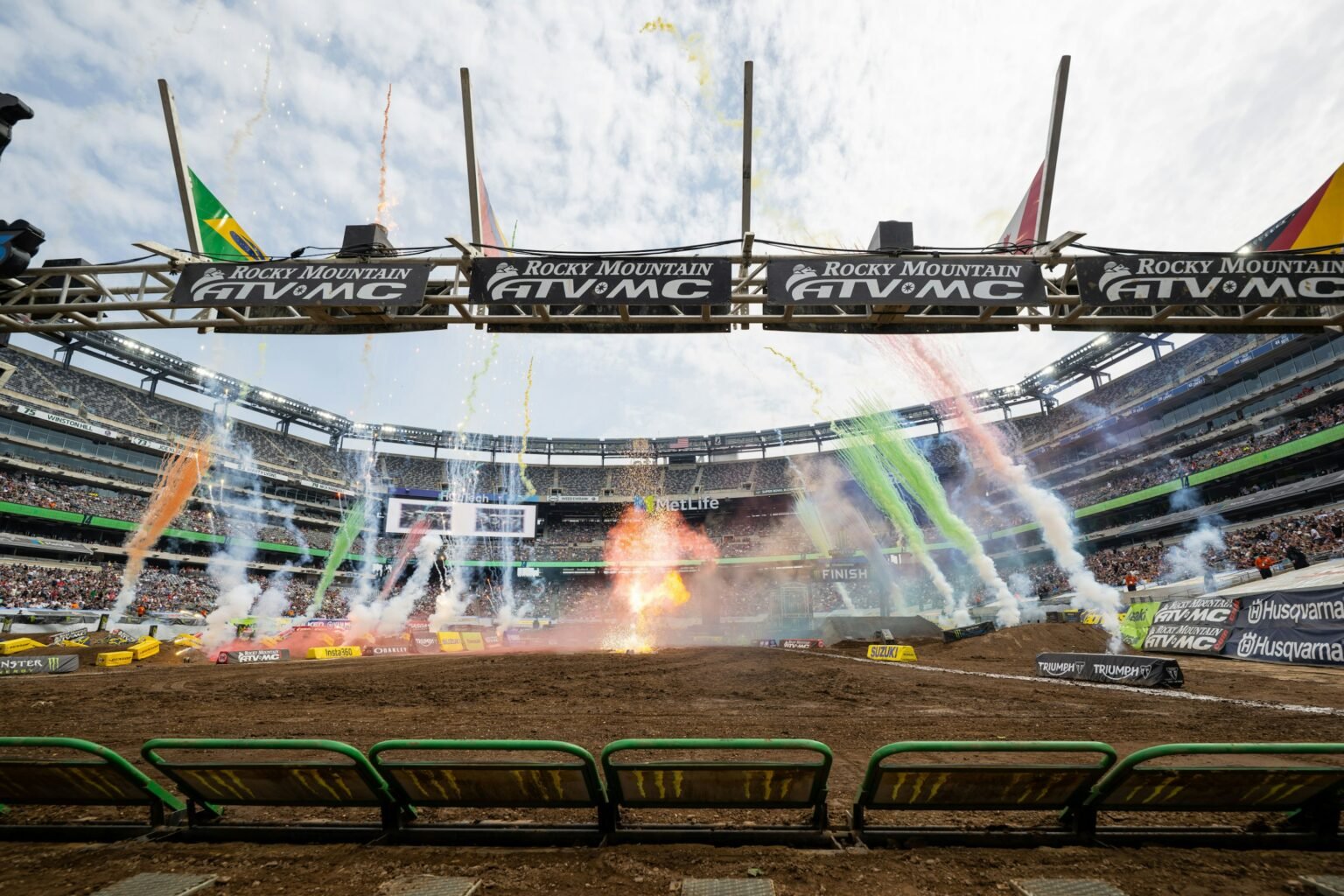Navigating the Challenges of a High-Stakes Race
The intensity of high-stakes racing environments often creates a unique blend of excitement and anxiety for competitors. As riders tackle various parts of the track, the psychology of speed and precision plays a pivotal role. The second set of corners in a recent event exemplified this, revealing both the skill of the competitors and the nuances of track design. With tight entries that demanded careful navigation, riders like Sexton and Webb found themselves in a fierce battle for speed. While Sexton demonstrated impressive technique, Webb, despite facing a slight time loss, managed to establish a rhythm amidst the challenges. The technical demands of the track were clear; a seemingly small change in the corner’s tightness had significant implications for overall performance, illustrating how every detail counts in the pursuit of victory.
The Pressure Cooker of Competition
As the race unfolded, the atmosphere became even more charged for competitors like Grant Harlan, who found himself in a nerve-wracking position during the Last Chance Qualifier (LCQ). Securing the last qualifying spot can be extremely daunting, especially for Harlan, who had faced setbacks earlier in the season when he lost his transfer position. The pressure was palpable, requiring him to adopt a defensive strategy while racing against Cade Clason, who was hot on his heels. Harlan’s primary objective was to maintain a critical gap, ensuring that Clason couldn’t capitalize on any mistakes. The stakes were high; if Harlan faltered or became overly defensive, he risked compromising his pace. However, by successfully managing his lead, he was able to shift focus away from defense and back to speed, exemplifying the fine line between maintaining position and pushing for performance.
The Cruel Twist of Fate
Just as the race showcased incredible talent and mental fortitude, it also highlighted the unpredictable nature of racing with harrowing incidents that can change everything in the blink of an eye. Chance Hymas, a promising contender, experienced a severe crash that underscored the high risks associated with the sport. His fall occurred in a delicate section of the track where precision was paramount. As riders attempted to triple through a challenging area, Hymas misjudged his landing, leading to a dramatic and unexpected wipeout. The speed of his descent left little room for contemplation, and it became clear that a small oversight could lead to devastating consequences. In such a fast-paced environment, quick reflexes are essential, and Hymas’s experience serves as a stark reminder of the sport’s inherent dangers.
The Importance of Strategy in High-Pressure Situations
Throughout the race, the interplay between speed, strategy, and mental resilience manifested in powerful ways. Harlan’s tactical approach to maintaining his qualifying position painted a vivid picture of how crucial strategy is in high-pressure situations. By focusing on creating distance from competitors, he sidestepped the common pitfalls associated with defensive racing. If he had allowed Clason too close, it would have forced him to alter his lines and potentially compromise his cornering speeds. Instead, Harlan’s calculated decision-making highlighted the importance of both mental and physical agility in racing, where one must simultaneously fend off competitors while pushing for maximum speed.
The Technical Terrain of Racing
The technical layout of the track also revealed how every aspect of design could either enhance performance or present new challenges. The second set’s tight corners seemed deceptively simple, yet they posed difficult obstacles for even the most skilled riders. Sexton and Webb navigated these complexities with varying degrees of success, demonstrating how critical it is for riders to adapt quickly to evolving track conditions. In particular, the nuances of entry speed played a significant role; even a marginal difference in how riders approached the corners could lead to variations in lap times that ultimately determined their standings.
The Emotional Rollercoaster of Racing
Ultimately, the event served as a microcosm of the broader emotional rollercoaster inherent in competitive racing. From the euphoric highs of speed and strategy to the crushing lows of unexpected crashes, the experience is as much about mental resilience as it is about physical prowess. The racers embody a unique blend of determination and vulnerability, ever aware that in the quest for victory, fortune can change in an instant. Harlan, Sexton, and Webb each faced their own trials and triumphs, reminding us that racing is not solely defined by the finish line but by the journey of navigating challenges and uncertainties along the way.


